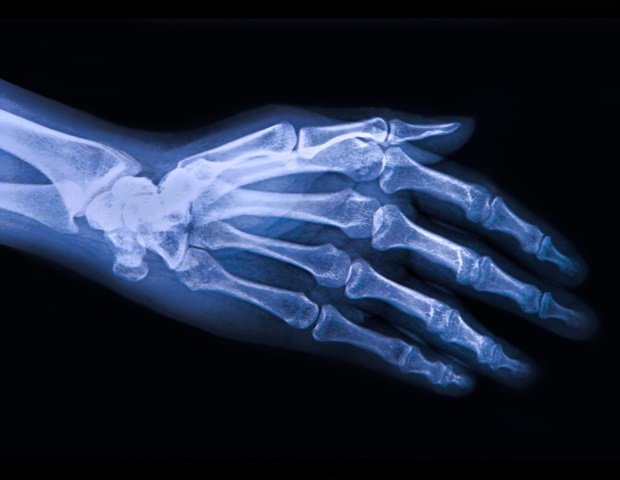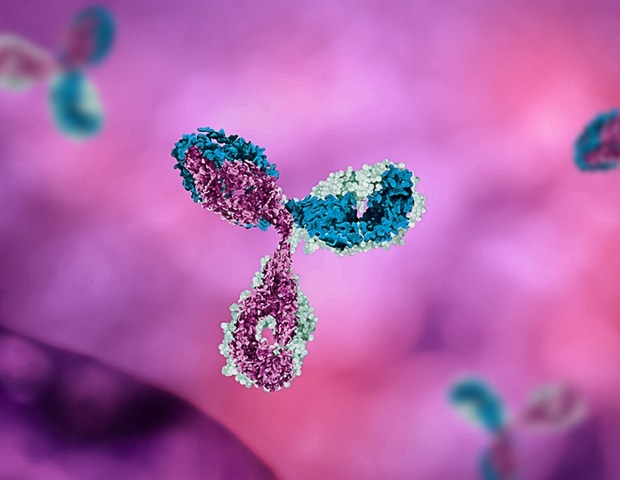Cannabis exposure is associated with genetic damage, accelerated aging, and birth defects, raising concerns about its transgenerational health effects and public health implications.
 Study: Key insights into cannabis-cancer pathobiology and genotoxicity. Image Credit: Nicole Piepgras/Shutterstock.com
Study: Key insights into cannabis-cancer pathobiology and genotoxicity. Image Credit: Nicole Piepgras/Shutterstock.com
In a recent study published in Addiction Biology, authors explored the mechanisms of cannabinoid-induced mitochondrial stress, micronuclear formation, and genotoxic damage and their implications for cancer, congenital anomalies, aging, and transgenerational genomic integrity.
Key insights
Cannabis has long been associated with micronuclear formation, mitochondrial dysfunction, and genotoxic effects, which contribute to cancer, congenital anomalies, and accelerated aging. Recent studies highlight the role of reactive oxygen species (ROS) in inducing chromosomal damage and genomic instability through mechanisms such as micronuclear rupture and chromothripsis (extensive chromosome shattering and chaotic reassembly).
With the increasing potency of cannabis products and rising consumption rates, these pathobiological impacts raise significant public health concerns, especially regarding transgenerational effects on genomic integrity.
Further research is needed to clarify these mechanisms and address the broader implications for cancer, congenital defects, and epigenetic inheritance.
Cannabis exposure has been associated with mitochondrial inhibition, which disrupts cellular energy processes and promotes the generation of ROS. ROS damage the structural integrity of micronuclear envelopes, rendering them susceptible to rupture.
This process initiates a cascade of genetic disruptions, including chromosomal fragmentation and chromothripsis, a phenomenon that causes widespread genomic disarray. These disruptions are further compounded by impaired repair mechanisms and epigenetic dysregulation, collectively accelerating cellular aging and increasing the risk of malignancies.
Recent research has underscored the pivotal role of the mitochondriopathic-micronuclear axis in cannabis-induced genotoxicity. Key proteins such as Charged Multivesicular Body Protein 7 (CHMP7) and Endosomal Sorting Complex Required for Transport III (ESCRT-III) are oxidized under stress conditions, leading to membrane deformation and collapse.
This mechanistic pathway is not confined to malignant cells but has been observed across various cell types, suggesting its fundamental role in cellular responses to cannabis exposure.
Cannabis use has been linked to various cancers, including testicular, breast, pancreatic, and thyroid cancers, with epidemiological studies revealing increased relative risks.
Testicular cancer, for instance, exhibits a relative risk of approximately 2.6-fold among cannabis users, with an earlier onset and aggressive progression. The inclusion of childhood cancers, such as acute lymphoblastic leukemia, in this association implicates the transgenerational mutagenic effects of cannabis.
The impact of cannabis on germ cells and embryonic development has raised alarms about congenital anomalies. Observed anomalies are concentrated in cardiovascular, neurological, and limb systems, among others.
Studies in Europe and North America provide consistent evidence of chromosomal missegregation during meiosis, a precursor to micronucleus formation. Reports of limb anomalies, such as amelia and phocomelia, in regions with high cannabis cultivation further underscore the teratogenic risks associated with cannabis exposure.
Cannabis has been shown to induce epigenetic age acceleration, with studies reporting a 30% increase in cellular aging by the age of 30 among users.
This acceleration is attributed to the redistribution of epigenetic machinery, which disrupts gene expression and cellular homeostasis. Morphological changes in gametes, including oocytes and sperm, provide further evidence of cannabis-induced aging at the cellular level.
The transgenerational effects of cannabis exposure have profound implications for genomic integrity. Epigenetic changes in sperm, linked to autism spectrum disorders and other developmental conditions in offspring, highlight the far-reaching consequences of cannabis use.
Rodent studies corroborate these findings, demonstrating altered Deoxyribonucleic Acid (DNA) methylation patterns and increased susceptibility to genomic instability in exposed generations. These effects refract the conversation on cannabis legalization toward safeguarding the genomic health of future generations.
Confounding factors, such as concurrent tobacco use and varying cannabis formulations, complicate causal inferences. Additionally, the rapid escalation in cannabis potency underscores the need for updated epidemiological studies that reflect modern consumption patterns.
The implications of cannabis genotoxicity extend beyond individual health, posing a significant public health challenge. The rise in congenital anomalies and cancer rates associated with cannabis use calls for stringent regulatory measures.
Policymakers must prioritize educational campaigns to raise awareness about the risks of cannabis exposure, particularly among reproductive-age individuals. Furthermore, the potential for transgenerational harm necessitates a re-evaluation of legalization policies through the lens of genomic and epigenomic protection.
Conclusions
To summarize, the study concludes that cannabis exposure exerts significant genotoxic effects through mechanisms such as mitochondrial dysfunction, oxidative stress, and micronuclear rupture, leading to chromosomal fragmentation and genomic instability.
These processes are linked to increased risks of cancer, congenital anomalies, and accelerated aging, with evidence of transgenerational impacts on genomic and epigenomic integrity.
Policymakers and healthcare professionals are urged to consider these risks when addressing cannabis legalization and its societal impacts, particularly regarding reproductive health and generational well-being.
Journal reference:
-
Reece AS, Hulse GK. Key insights into cannabis-cancer pathobiology and genotoxicity. (2024) Addiction Biology. doi: 10.1111/adb.70003. https://onlinelibrary.wiley.com/doi/10.1111/adb.70003

 3 days ago
1
3 days ago
1















.png)

.png)
.png)
.png)













 English (US) ·
English (US) ·  Hindi (IN) ·
Hindi (IN) ·